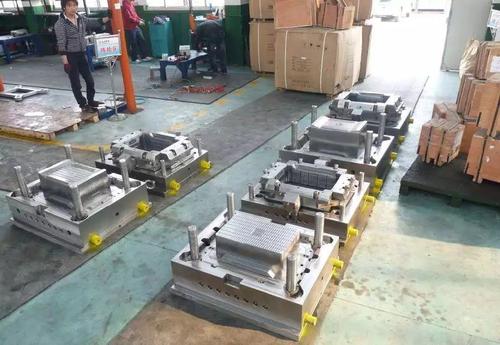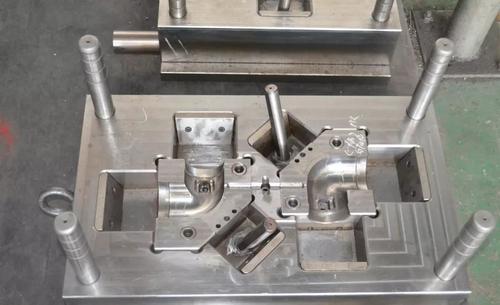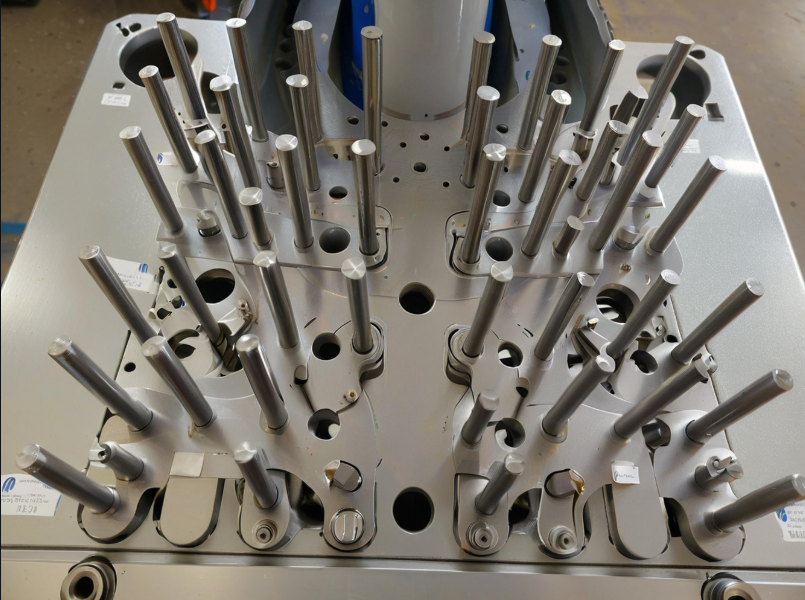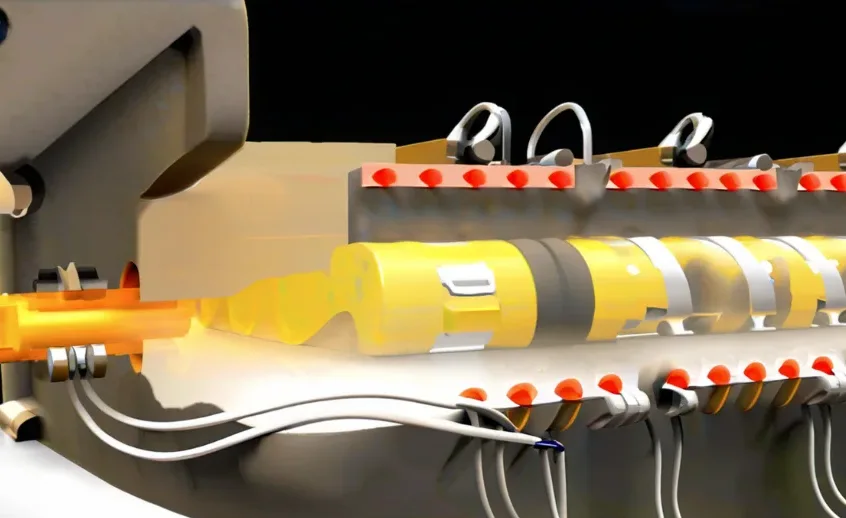Table of Contents
Vacuum casting is a reliable and flexible casting process. It is widely used to produce prototypes and industrial components. This process requires a high-quality master model.
The master model is usually a mechanical part made by stereolithography. This is especially common in prototyping.
The master model can be either a complete mechanical part or one made by 3D printing. It is critical that the model’s appearance and dimensions are flawless. This ensures that no defects appear in the final product.

The Basic Process of Vacuum Casting in China
1.Master Model Preparation:
First, the master model is placed in a two-section mold made of silicone-based rubber, which is then cured at a high temperature.
2.Cutting the Mold:
After curing, the mold is disassembled. A cavity is left in the middle, which perfectly matches the dimensions of the master model.
3. Material Filling:
The mold is placed in a vacuum chamber. The cavity is filled with a predetermined material.
4 . Vacuum Processing:
The resin is treated under a vacuum, which prevents air bubbles from entering and ensures that the product has the desired accuracy. The finished product will be free from air bubbles and deformation.
5. Resin Refining:
After baking the resin, the silicone molds are carefully removed. These molds can be reused to make more prototypes or parts.
For prototypes, a common filler material is polyurethane resin. This resin mimics a variety of industrial materials, such as polycarbonate, glass-filled nylon, and extra-thick polyethylene.
The resin is often mixed with metal powders or colorants. This allows the final product to achieve the desired aesthetic and functional characteristics.
Many vacuum casting companies in China specialize in providing services. They use polyurethane resins and metal powders based on the product’s requirements.
Advantages of Vacuum Casting
The vacuum casting process offers many advantages, especially in the production of prototypes and industrial parts. Here are some of the main advantages:
1. Highly Accurate Reproduction:
Vacuum casting reproduces the details of the prototype with high precision. This ensures a high-quality end product.
2. Material Versatility:
By blending resins and powders, you can achieve various surface effects, such as metallic luster or marble texture. These effects are not only aesthetically pleasing but also enhance the functionality of the part.
3 . Flexibility:
The type and color of resin can be adjusted according to specific application needs. This allows for customization to meet customer requirements.
4.Efficient Production:
Vacuum casting is suitable for mass production. It is particularly efficient when multiple identical prototypes or parts are needed in a short period of time.

Application Areas of Vacuum Casting
Vacuum casting has a wide range of applications and is especially useful in the following fields:
1.Aerospace and Automotive Industries:
It is used to produce high-precision parts and prototypes.
2.Medical Devices:
It is used to manufacture complex medical components and prototypes, ensuring they meet strict quality requirements.
3. Consumer Products & Prosthetics:
It is used to produce plastic parts and provide customized solutions for products.
4 . Decorations & Displays:
Vacuum casting is ideal for creating short-term customized decorations, wall decorations, and more. It helps bring creative designs to life.
5.Functional Testing & Component Integration:
The process is used to test the functionality of components, especially in the early stages of product development.
Vacuum casting is suitable not only for rapid prototyping but also for low- to medium-scale production. Its rapid prototyping and high-quality output characteristics make it widely used in various industries.
Summary
Vacuum casting has become an ideal manufacturing process across multiple industries due to its efficiency, flexibility, and high accuracy.
Whether in aerospace, medical, automotive, or consumer products, this technology plays an important role. For prototyping and short-term customization needs, vacuum casting is a valuable solution.



